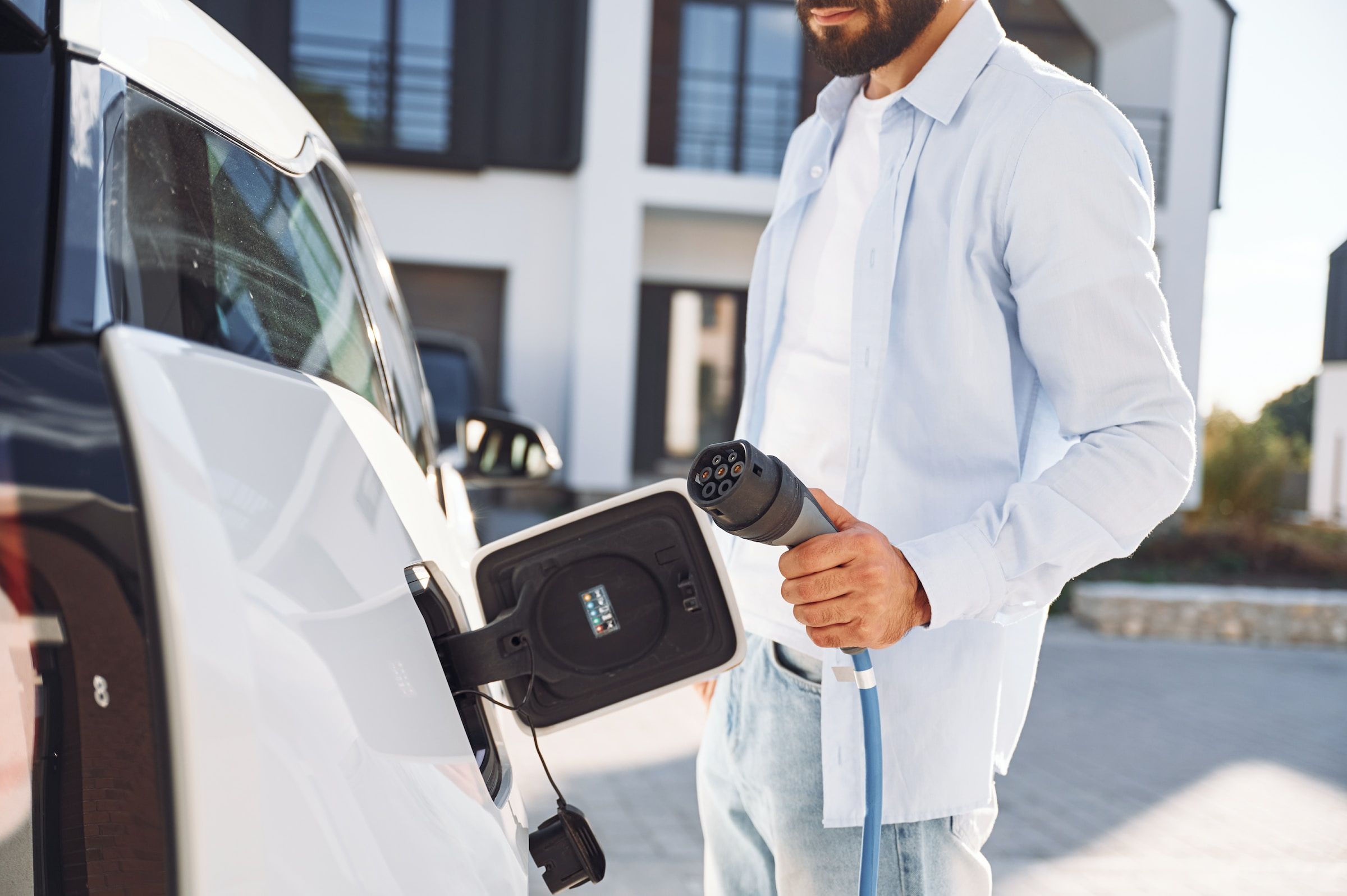July 27, 2023
Connectors / tech specs
Understanding the different types of EV charging can seem confusing but they can actually be split into three different levels, each categorised by its respective charging power and speed.

It may be worth reading our article on AC vs DC charging as a precursor / an addition to this thread.
Understanding the different types of EV charging can seem confusing but they can actually be split into three different levels, each categorised by its respective charging power and speed:
Charging Levels
- Level 1 Charging: This is like filling a swimming pool using a garden hose – it's quite slow. Level 1 charging typically uses a standard household plug (in the UK, that's 230 volts) and doesn't require any special equipment beyond the charging cord that usually comes with the vehicle. It's perfectly fine for topping up your EV's battery overnight, but if your battery is fully depleted, it might take a long time – up to 24 hours or more – to fully charge. This level of charging typically provides 2-3 miles of range per hour of charging.
- Level 2 Charging: This level is akin to filling the swimming pool with a bigger, stronger hose – it's much faster. Level 2 charging requires a special charging station that can be installed at home or found in public places. These stations can typically fully charge an EV in around 4-6 hours. They can provide between 10-60 miles of range per hour of charging. You’ll find 7 kW and 22 kW AC chargers in this category of charging.
- Rapid DC Charging: Now, this is like using a fire hose to fill up the pool – it's incredibly fast! Also known as Level 3 charging, these high-powered stations are typically found along motorways and in commercial areas. They provide direct current (DC) power, bypassing the onboard charger in your EV which usually takes AC power and converts it into DC power, and supplies energy directly to the battery. This allows them to charge an EV to about 80% in as little as 20-30 minutes, making them ideal for long road trips. These chargers can provide hundreds of miles of range per hour of charging. You’ll find 43 kW chargers and above in this category of charging.
Remember, not all electric vehicles (typically older models) can accept the full power from Level 2 and rapid DC chargers, and charging speed will also slow down significantly once the battery reaches around 80% capacity to protect the battery's health. Always check the charging capabilities of a specific EV model if you're considering purchasing one, you want to look specifically at the maximum charging power and fastest charging time which is shown on our vehicle directory.
Connectors
The type of charging connector used can vary depending on the vehicle's make and model and the region in which it's sold. Here are some of the most common types:
- Type 1 (J1772): Common in North America and Asia for AC charging, it's used for Level 1 and Level 2 charging.
- Type 2 (Mennekes): Common in Europe for AC charging, it's used for both Level 1 and Level 2 charging. It has become the standard in many parts of the world due to its ability to handle higher power levels.
- CHAdeMO: This is a type of DC fast charging connector that originated in Japan. It's commonly used by Japanese manufacturers like Nissan and Mitsubishi.
- CCS (Combined Charging System): This is another type of DC fast charging connector. It adds two DC pins to the Type 1 or Type 2 plug, allowing the same port to be used for both AC and DC charging. It's commonly used by American and European manufacturers.
- Tesla: Tesla has its proprietary connector for both AC and DC charging in North America. In other regions, Tesla vehicles use a Type 2 or CCS connector and have access to Tesla's extensive Supercharger network for fast charging.
In the UK, most motorway fast chargers have both CCS, CHAdeMO and Tesla chargers. These chargers always provide a charging cable so the experience of recharging is synonymous to using a fuel pump. For destination charging, most chargers require the customer to bring their own charging cable which is normally stored in the boot or frunk of the vehicle. Cars are always sold with this cable as standard. One side is plugged into the charger and one side is plugged into the car.
Remember, adapters are often available to allow a vehicle to be charged from a different type of connector, and many public charging stations provide multiple types of connectors. Always check the charging capabilities and connector type of a specific EV model if you're considering purchasing one.